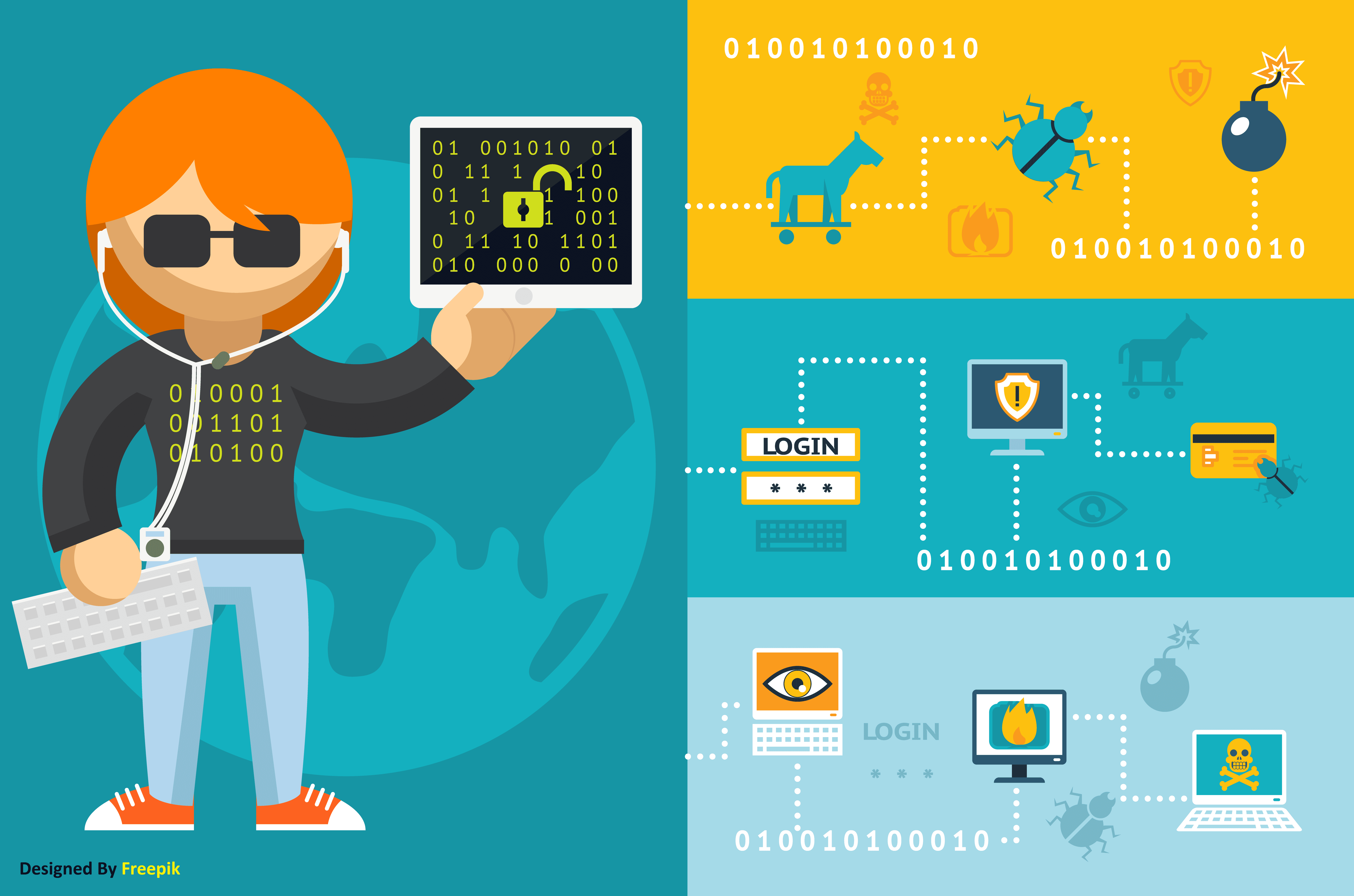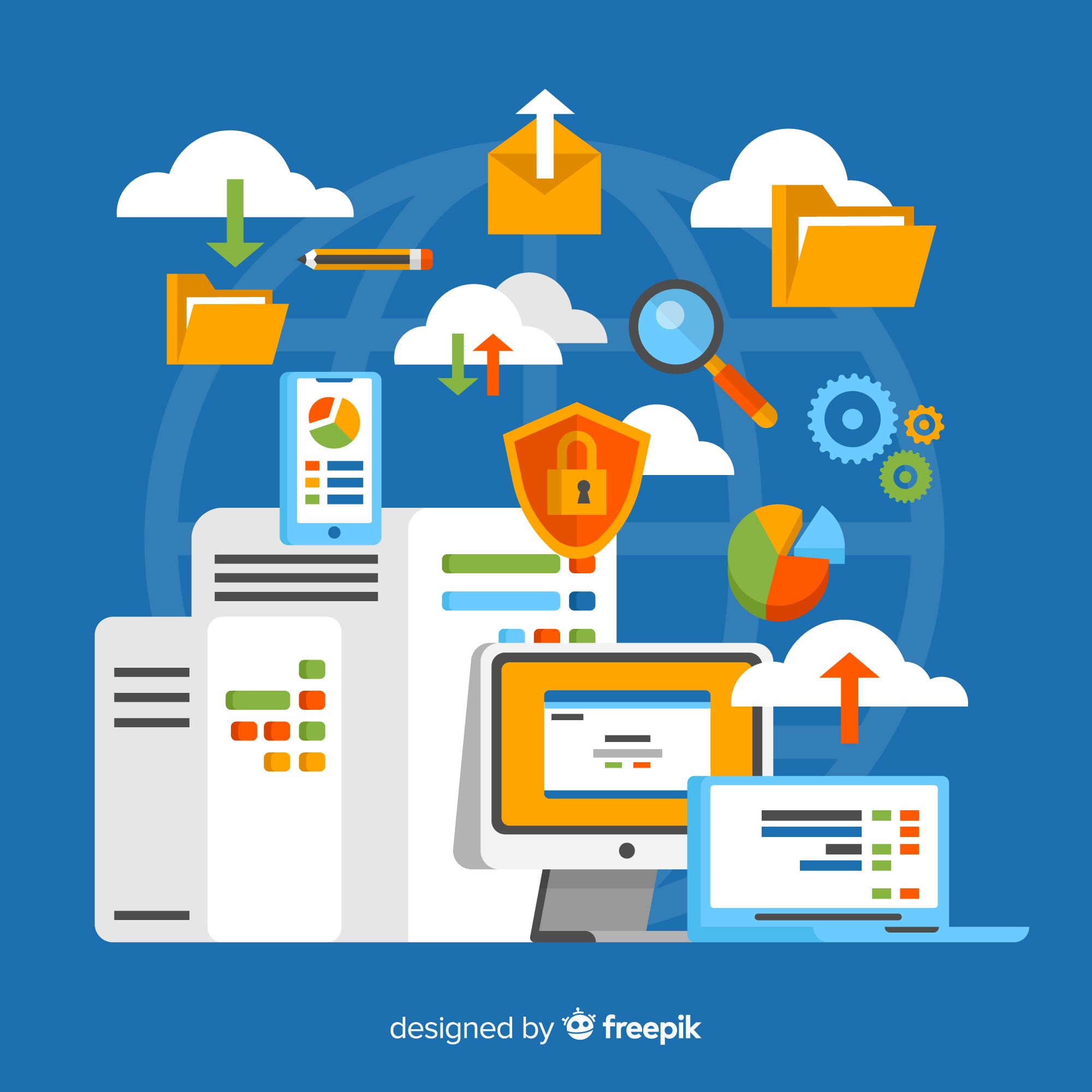Many things could be improved in the security area. It is a threat environment that is constantly changing. An organization needs to be alert and understand this ever-changing environment to be an effective security leader.
In an ever-evolving threat space, there are ways to optimize security postures and plans with better, more effective reporting.
A good dashboard is key to summarizing data from a monitoring solution, and here are five reports you should be monitoring on your cybersecurity dashboard.
1. Mean-Time-to-Detect (MTTD) and Mean-Time-to-Resolve (MTTR): How long do security threats go unnoticed? Mean-Time-to-Detect (MTTD) measures how long your team is aware of indicators of understanding and other security threats. What is the average response time for your team to acknowledge a cyber-attack once it becomes aware of it? A better measure of the quality of implementation of your incident response plan.
2. Number of systems with known vulnerabilities: Knowing the number of endangered assets in your environment is a crucial cybersecurity metric for determining the risk to your business. Managing updates and patches is a complex process, but very important to avoid errors in your environment. A vulnerability scan that covers all assets will indicate what needs to be done to improve your company’s security posture.
3. SSL certificates: An SSL certificate is a small-scale file that certifies the ownership of the cryptographic keys of the website or company with which the data is being exchanged, guaranteeing the transaction’s authenticity. Monitoring the security requirements for each certificate and ensuring that they are correctly configured on the server prevents them from falling into the wrong hands and that your company’s digital identity is not used to steal user information.
4. Unidentified Devices on Internal Networks: When employees bring their own devices, they can introduce malware and other cyber risks, as can poorly configured Internet of Things (IoT) devices, which is why a network intrusion detection system is an essential part of organization security.
5. No “Superuser” access level: Best practices in information security management include complete control of user access levels to company resources, requiring employees to access only the data, systems, and assets necessary for their work. Identifying the access levels of all network users allows you to adjust as needed by blocking any superuser or administrator that doesn’t make sense.
Resource:
https://valerity.com/2020/10/20/the-5-aspects-your-cybersecurity-dashboard-should-provide/
https://cipher.com/blog/10-cybersecurity-metrics-you-should-be-monitoring/
https://www.upguard.com/blog/cybersecurity-metrics
Disclaimer:
Wherever any material is quoted as sourced from the published text with publishing rights vested in an individual, it is stated that it is a pure quotation and has no intention to claim it as our own.
Image Source: www.freepik.com





